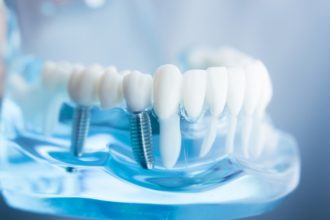Four Key Places to Put Biohazard Safety Labels in Your Workplace
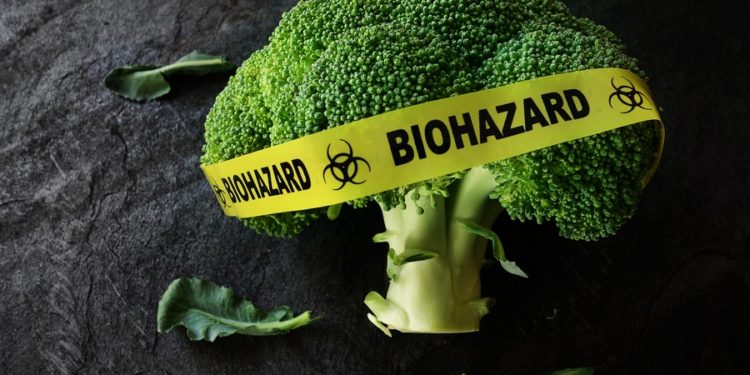
Biohazard labels and GHS Pictograms are designed to provide awareness of the potential for a danger or contamination in the workplace. The labels draw attention to the possible hazard, and make it easier for a person to avoid the hazard by taking the necessary precautions. Consider placing biohazard labels in these four key places or areas of your workplace.
1. Refrigerators and Freezers
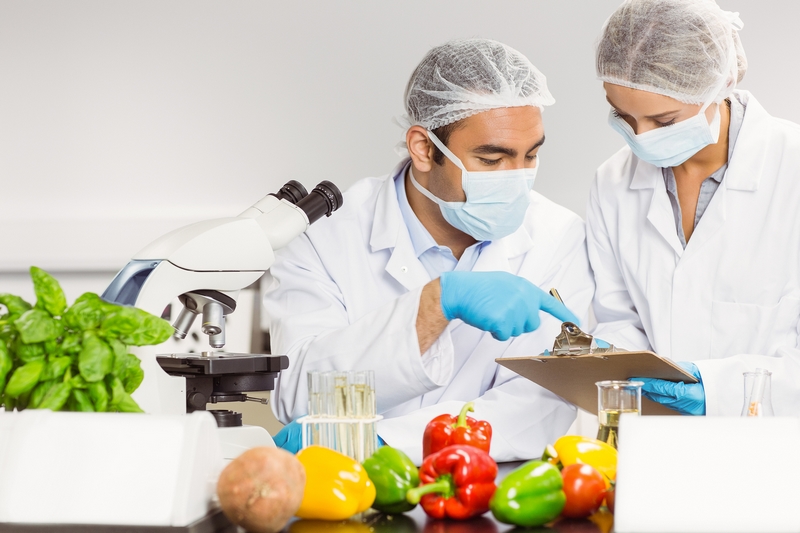
In many places that handle biohazards, refrigerators and freezers are used for the storage of specimens. The doors of these refrigerators and freezers should be labeled with biohazard caution labels. Not only do these labels help your workplace to stay in compliance with safety regulations, but they also help to ensure that nobody accidentally puts their packed lunch, snack or drink into those freezers or refrigerators.
2. Waste Collection Containers
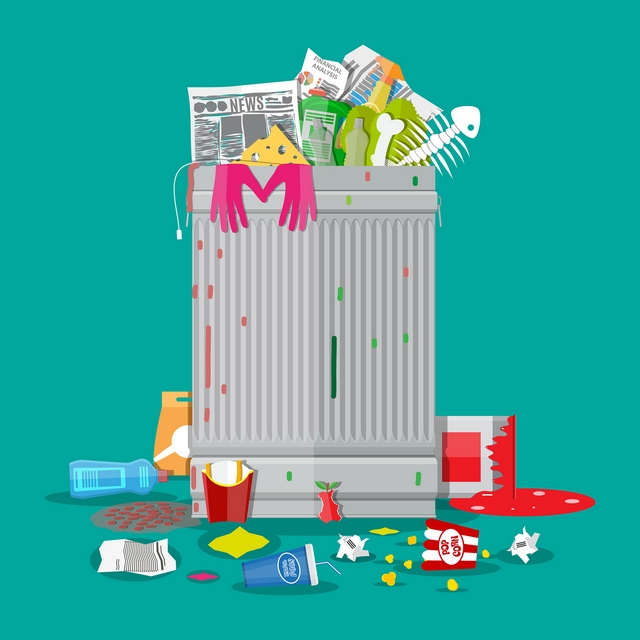
Waste collection containers may also need to be outfitted with labels and GHS Pictograms that indicate the possibility of a biological hazard. For example, in a doctor’s office or dentist’s office, these biological hazards might include soiled disposable bibs, sheets or wipes. The potential for hazardous materials could affect anyone who is bagging and handling the waste for disposal. Biological hazards also require that certain disposal methods be used. In some places, biological hazards must be disposed of separately from ordinary trash. Outfitting the waste collection containers with correct labels gives a boost to safety and compliance.
3. Sharps Disposal Containers
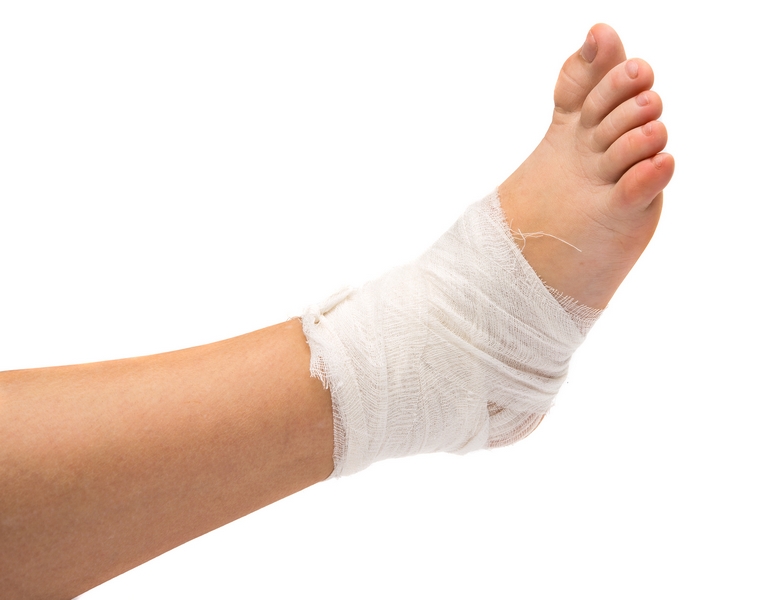
Sharps containers should also be labeled with biohazard warnings. Sharps include needle tips, medical testing devices, veterinary supplies and health care supplies. Any container that might have a used lancet, needle or syringe should have a label indicating the potential for a hazard. These sharps containers require an increase in the safety and precautions for how they are picked up, handled and disposed of. Labeling the containers helps to increase the chances that they will be handled properly. Veterinary clinics, doctor’s offices, hospitals, public health clinics, dentist’s offices and home health care agencies may need to have these containers with safety labels.
4. Specimen Collection Equipment

Some types of specimen collection equipment and testing machines may also need biohazard safety labels. Centrifuges, mixing and spinning equipment, growth incubators and other equipment may be exposed to substances through spills or splashes. Specimen collection containers such as swabs, class slides and petri dishes may also need to have these safety labels affixed to their outer surfaces. Equipment such as microscopes, scintillation machines and medical testing machines may also benefit from the use of these safety labels.

